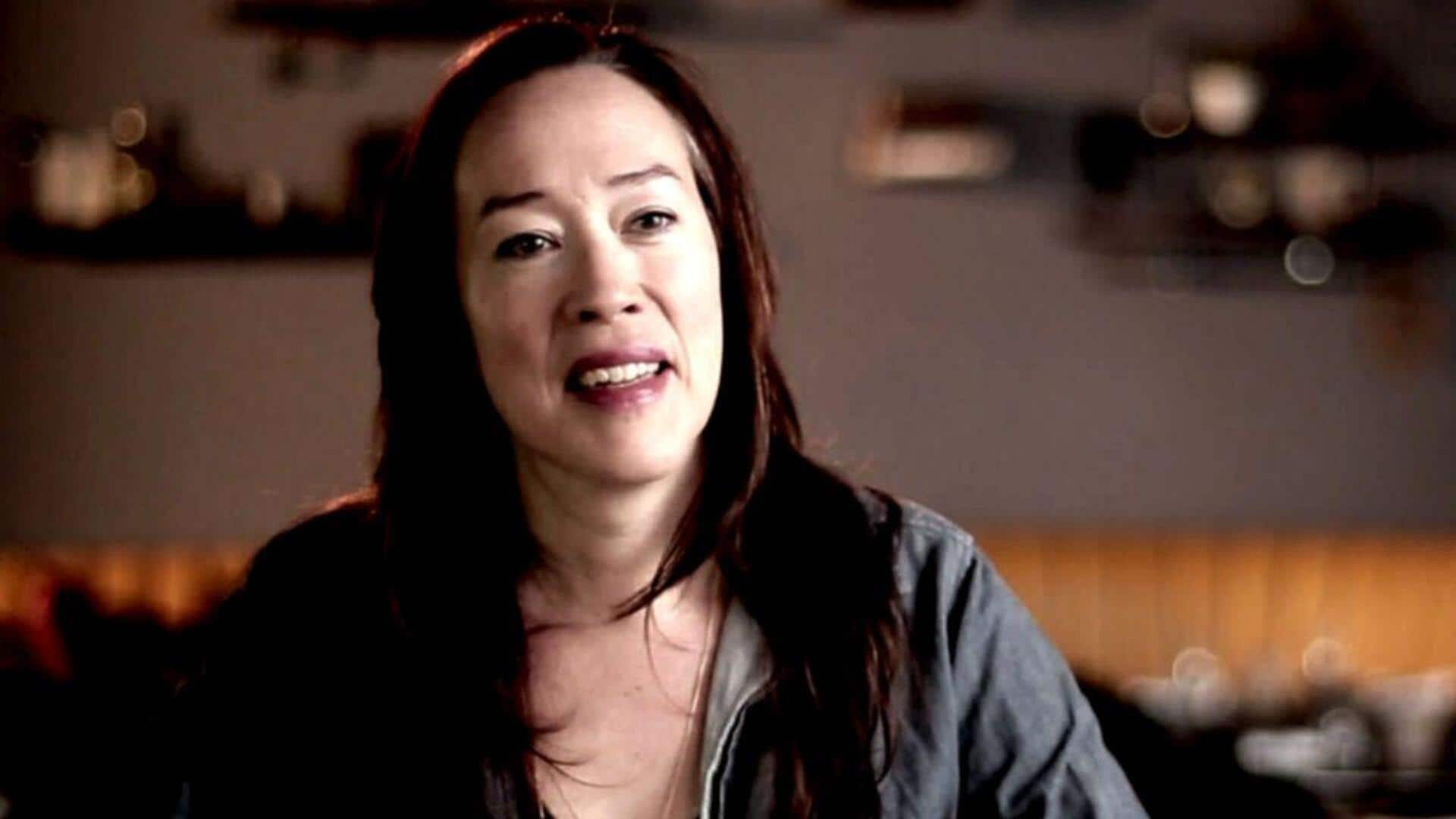
Karyn Kusama's striking use of imagery in films
What's the story
We all know Karyn Kusama's strength lies in telling complex emotions without a single word being spoken. Her films deal with complicated human emotions and relationships, and she uses the medium of visuals to further the story. By paying attention to minute details and striking imagery, Kusama weaves a beautiful tapestry of emotions that is hard to forget.
#1
Visual symbolism in 'The Invitation'
In The Invitation, Kusama uses visual symbolism to convey tension and unease. The film's setting—a dinner party—serves as a backdrop for exploring themes of grief and paranoia. Through careful use of lighting, color palettes, and framing, she creates an atmosphere that reflects the characters's inner turmoil. This visual approach allows audiences to feel the underlying tension without overt exposition.
#2
Character expression in 'Girlfight'
In Girlfight, Kusama's emphasis on character expression beautifully showcases emotional struggles. The protagonist's journey is told through physicality and facial expressions, instead of dialogue alone. By focusing on body language and subtle gestures, Kusama encapsulates the duality of teenage angst and determination. This way, we get a glimpse into the character's inner conflicts, while keeping the narrative engaging.
#3
Use of color in 'Jennifer's Body'
Kusama uses color so deftly in Jennifer's Body to capture emotional transitions in the narrative. The movie is littered with bright colors when the emotions run high, or something supernatural is happening, and toned-down colors when the scenes are more muted. This intentional use of color sets the tone and highlights pivotal plot points, letting the audience live the emotional highs and lows.
#4
Framing techniques in 'Destroyer'
In Destroyer, framing techniques are instrumental in portraying the isolation and despair felt by the protagonist. Kusama employs tight close-ups and wide shots judiciously across the film to mirror emotional states like vulnerability or detachment from surroundings. These choices not only add to storytelling but also give viewers a more profound insight into character motivations without being too dependent on dialogue or narration.